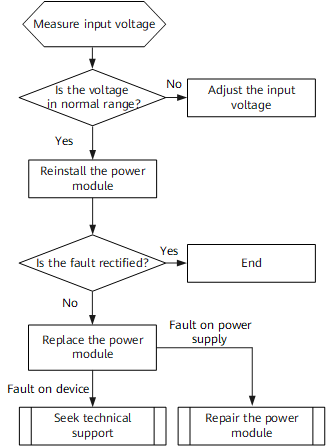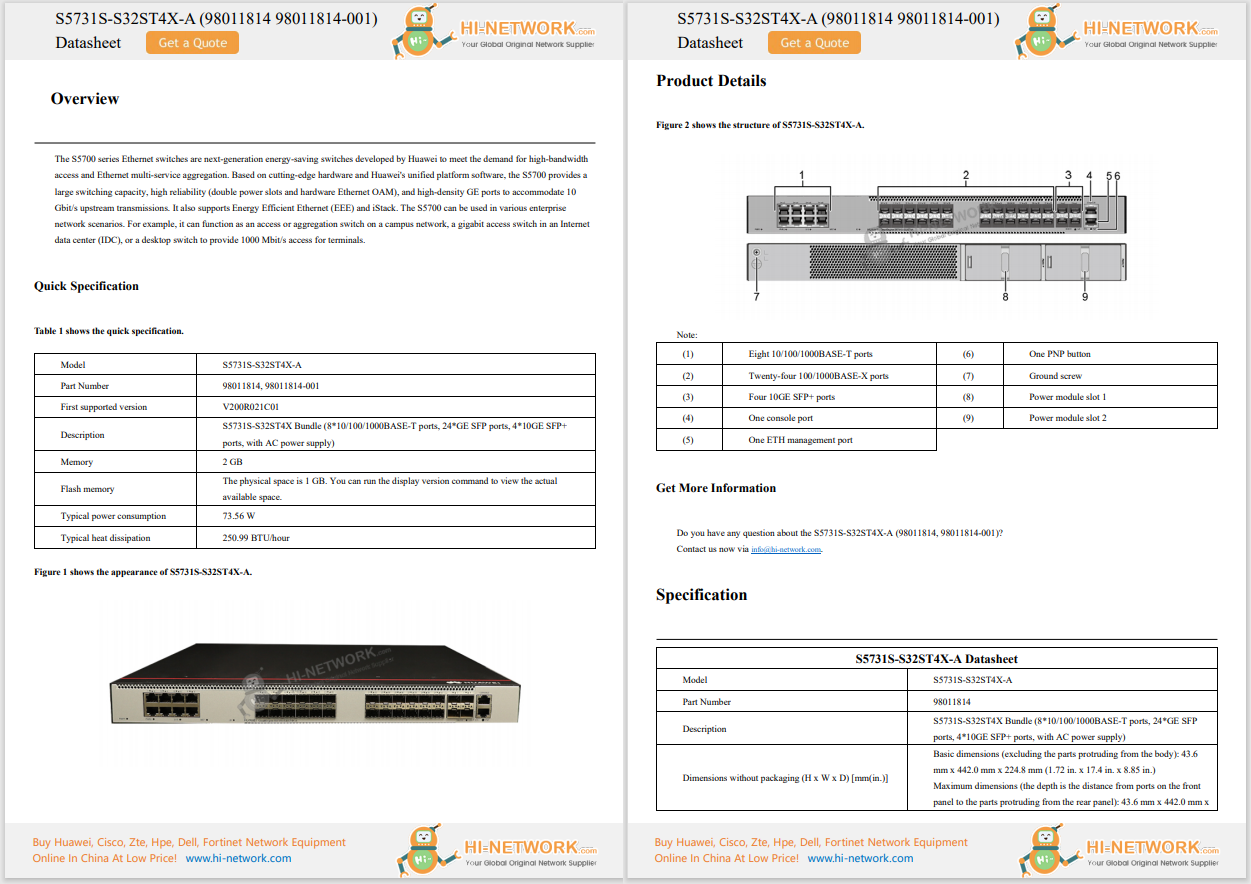
































As tools like ChatGPT, Copilot, and other generative AI systems become embedded in daily workflows, employers increasingly prioritise a new skill: AI fluency.
Much like proficiency in office software became essential in the past, knowing how to collaborate effectively with AI is now a growing requirement across industries.
But interacting with AI isn't always intuitive. Many users encounter generic or unhelpful responses from chatbots and assume the technology is limited. In reality, AI systems rely heavily on the context they are given, and that's where users come in.
Rather than considering AI as a search engine, it helps to see it as a partner needing guidance. A vague prompt like 'write a proposal' is unlikely to produce meaningful results. A better approach provides background, direction, and clear expectations.
One practical framework is CATS: context, angle, task, and style.
Context sets the stage. It includes your role, the situation, the audience, and constraints. For example, 'I'm a nonprofit director writing a grant proposal for an environmental education program in urban schools' offers much more to work with than a general request.
Angle defines the perspective. You can ask the AI to act as a peer reviewer, a mentor, or even a sceptical audience member. The roles help shape the tone and focus of the response.
Task clarifies the action you want. Instead of asking for help with a presentation, try 'Suggest three ways to improve my opening slide for an audience of small business owners.'
Style determines the format and tone. Whether you need a formal report, a friendly email, or an outline in bullet points, specifying the style helps the AI deliver a more relevant output.
Beyond prompts, users can also practice context engineering-managing the environment around the prompt. The method includes uploading relevant documents, building on previous chats, or setting parameters through instructions. The steps help tailor responses more closely to your needs.
Think of prompting as a conversation, not a one-shot command. If the initial response isn't ideal, clarify, refine, or build on it. Ask follow-up questions, adjust your instructions, or extract functional elements to develop further in a new thread.
That said, it's essential to stay critical. AI systems can mimic natural conversation, but don't truly understand the information they provide. Human oversight remains crucial. Always verify outputs, especially in professional or high-stakes contexts.
Ultimately, AI tools are powerful collaborators-but only when paired with clear guidance and human judgment. Provide the correct input, and you'll often find the output exceeds expectations.
 Горячие метки:
Искусственный интеллект
Укрепление потенциала
В целях развития
Digital aspects and the environment publish
quota
Горячие метки:
Искусственный интеллект
Укрепление потенциала
В целях развития
Digital aspects and the environment publish
quota